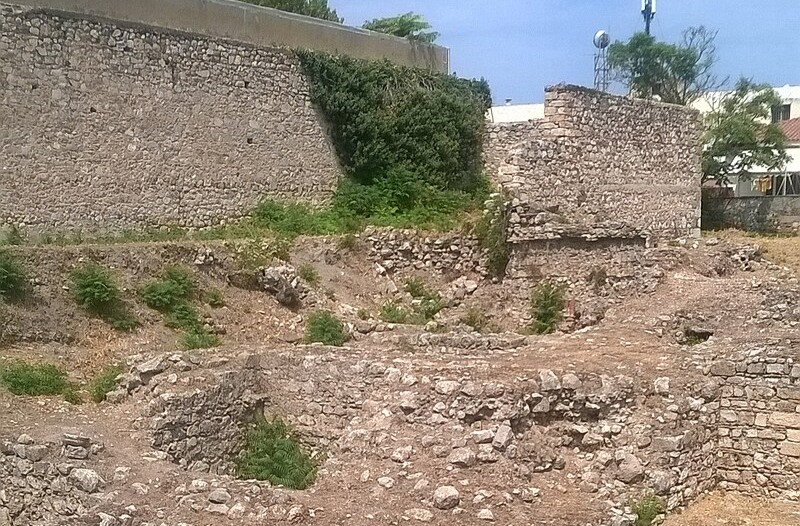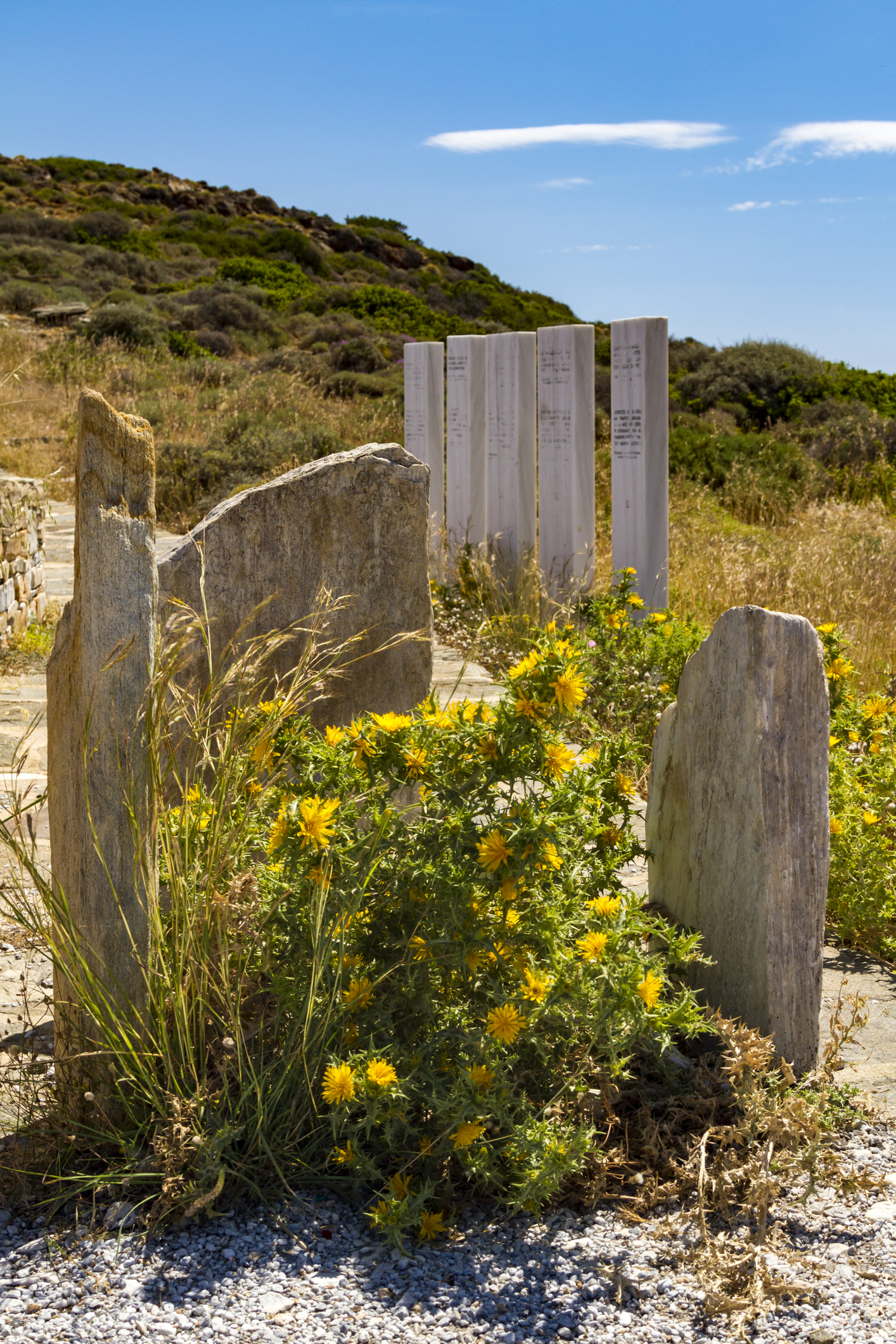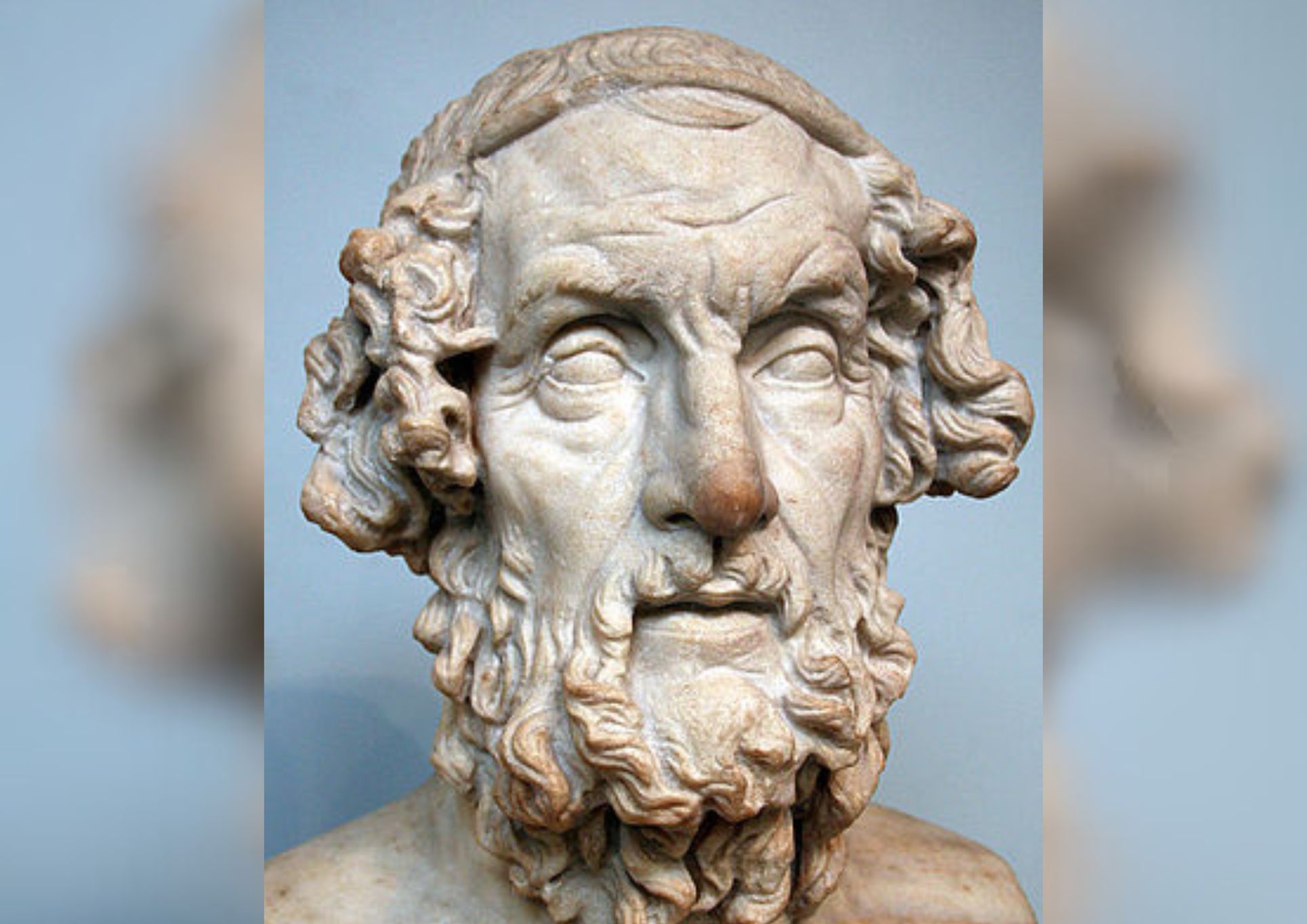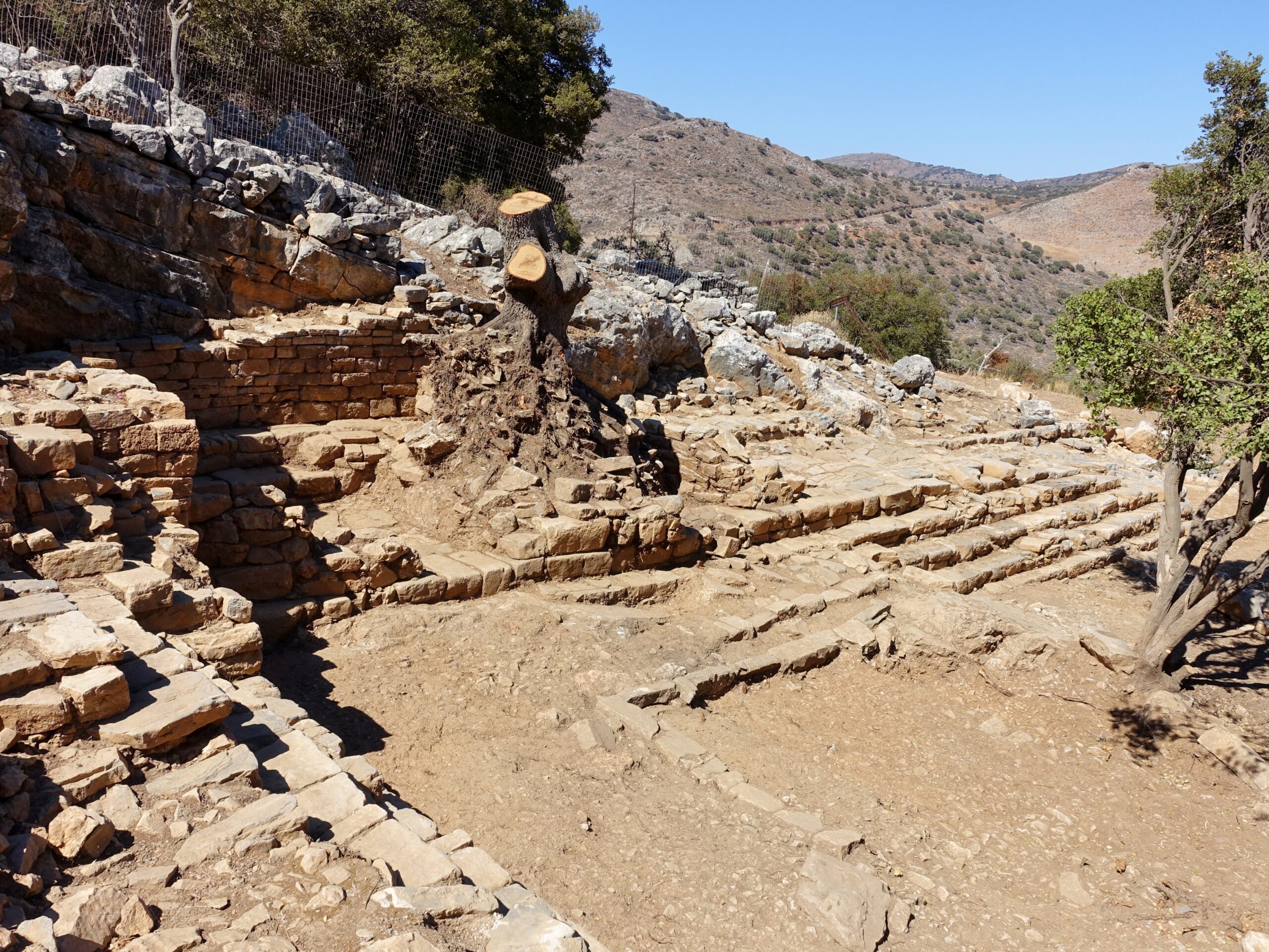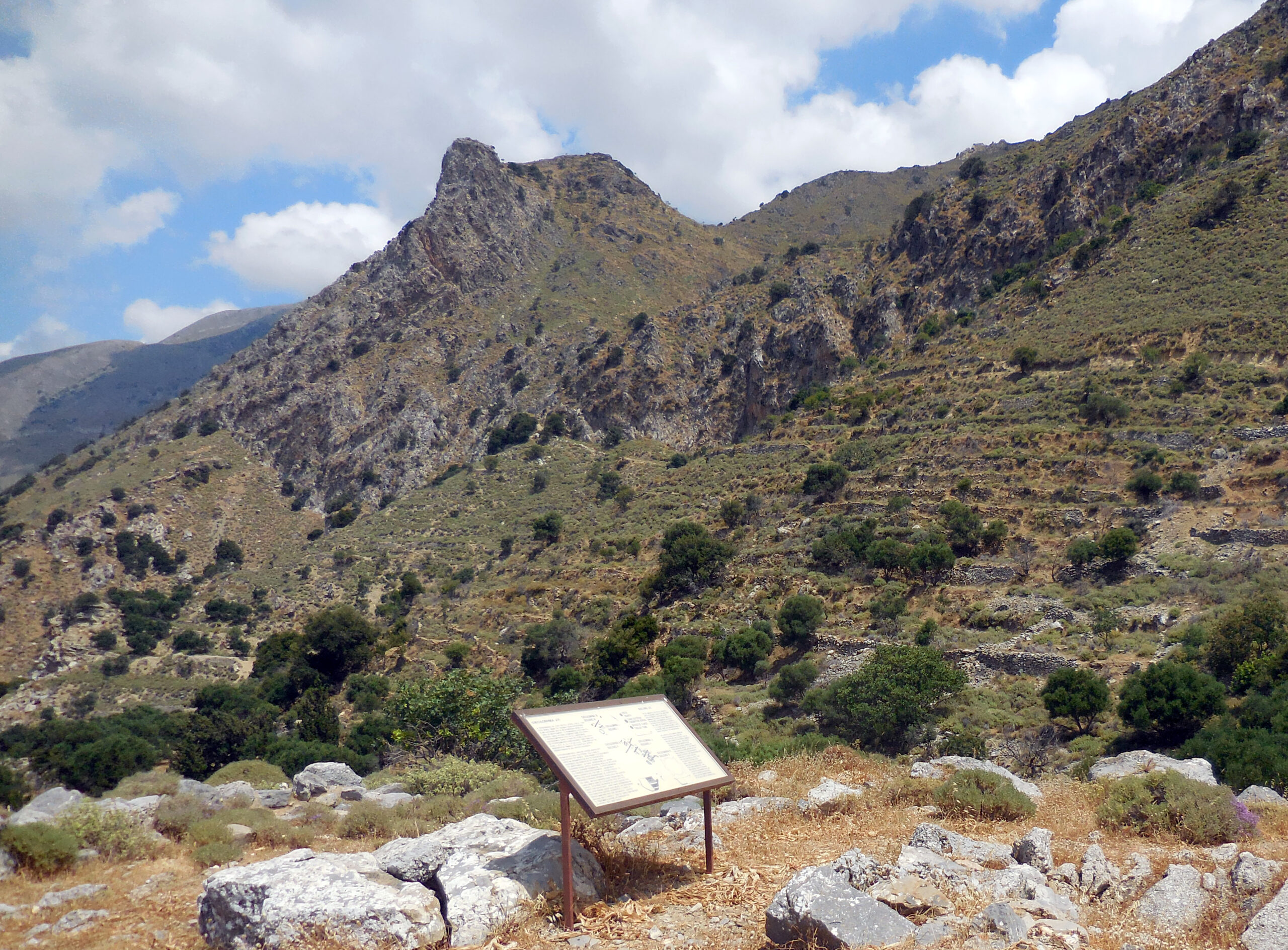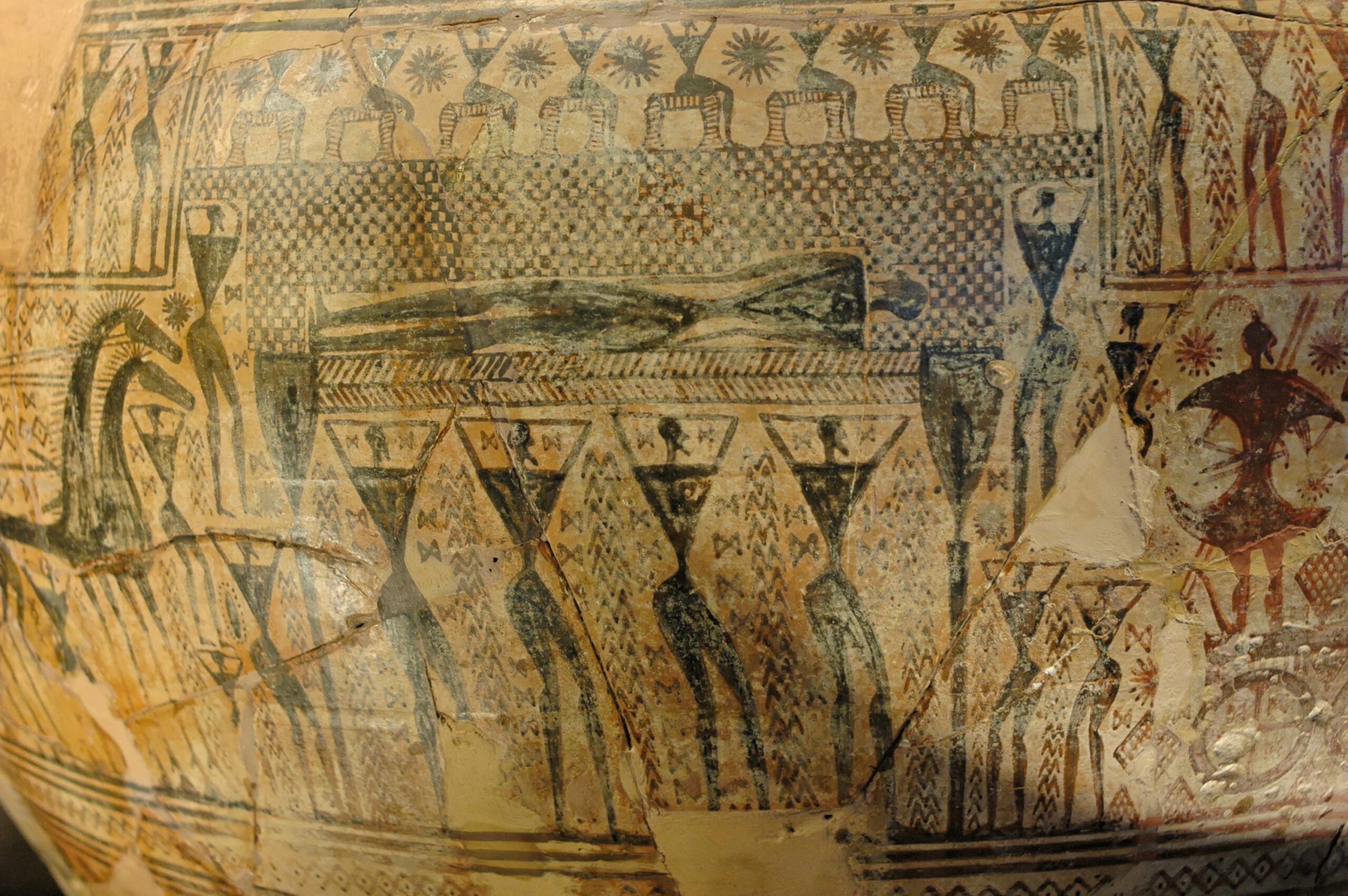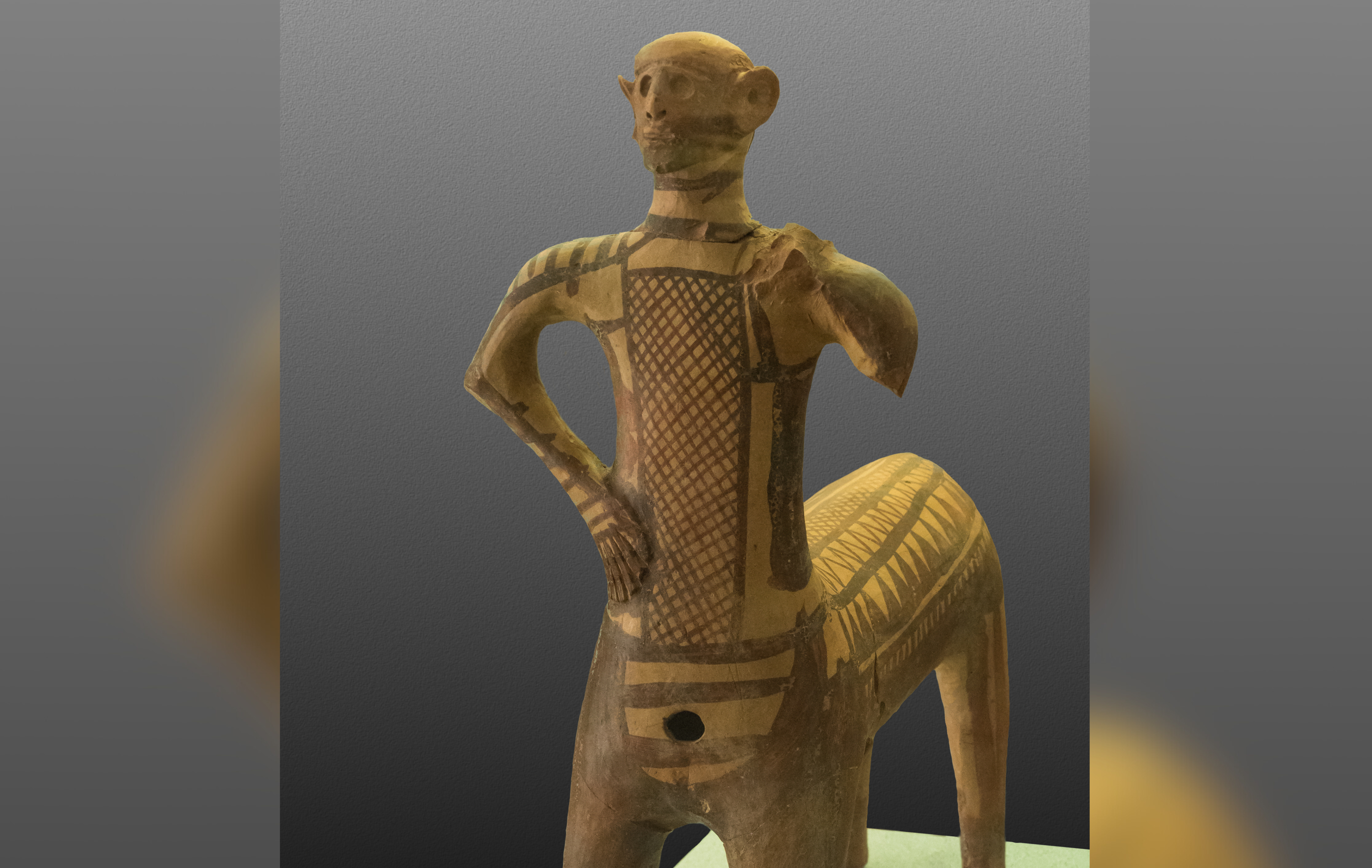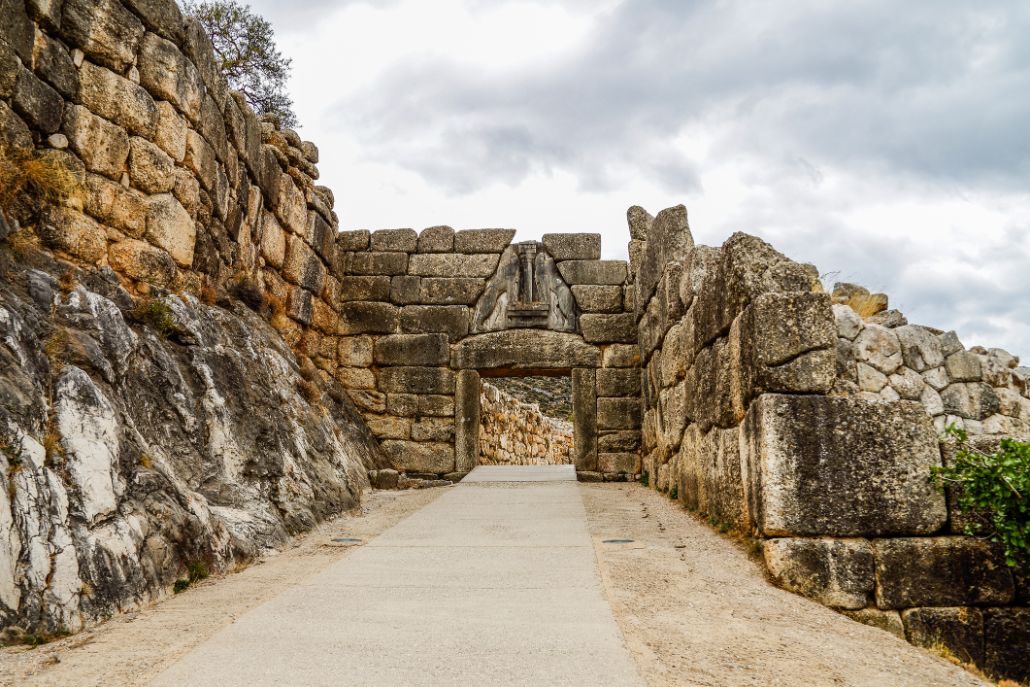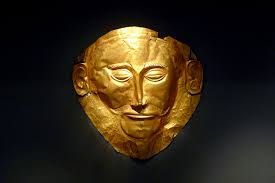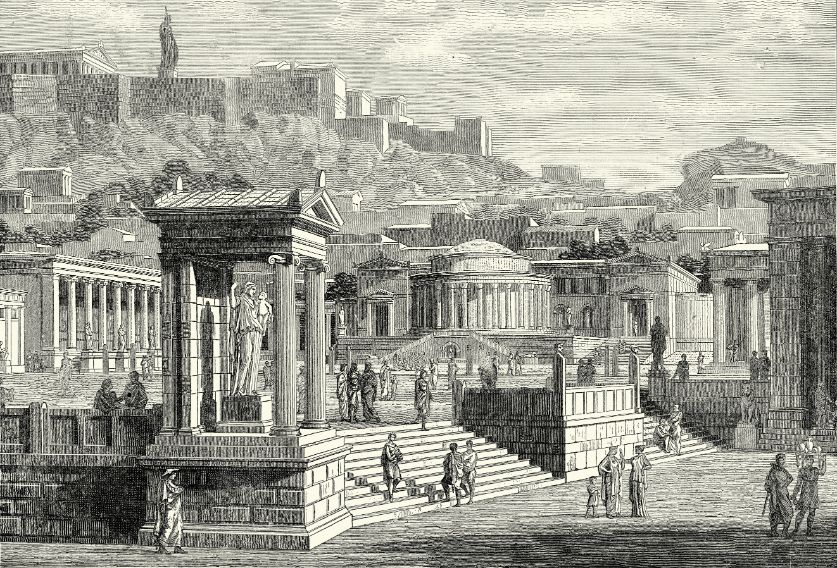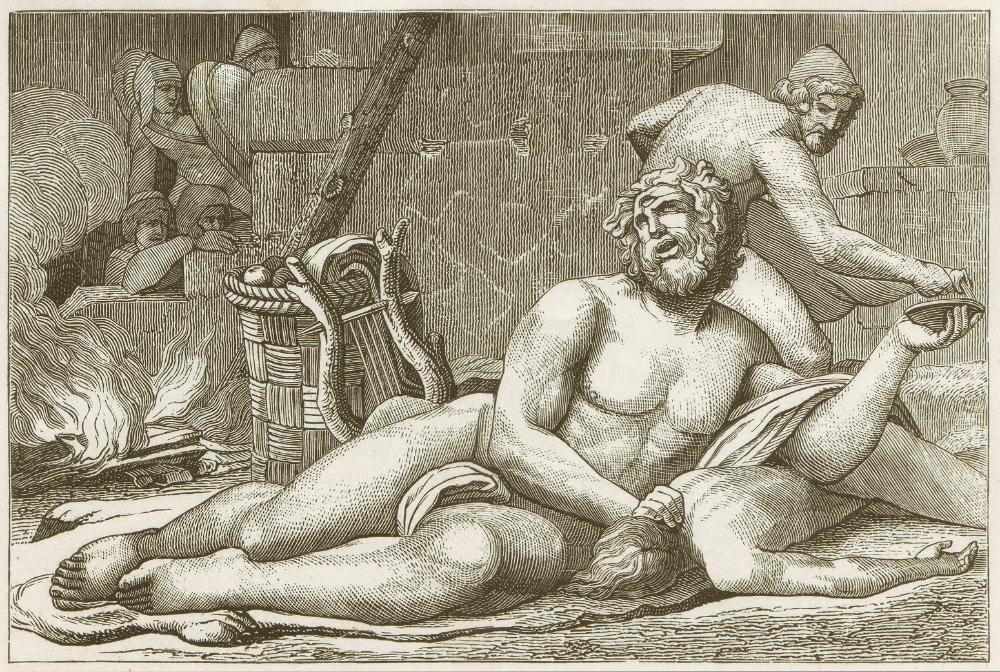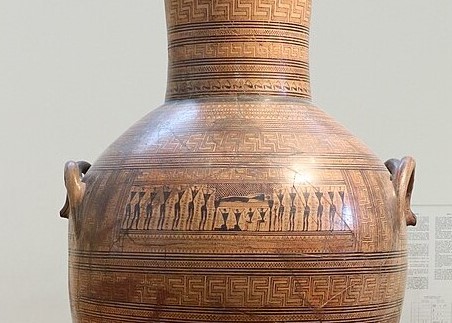Resilience and Renewal in the Dark Age
During Greece’s Dark Age, a small village in the hilly region of Boeotia experienced profound changes as the remnants of the Mycenaean civilization faded into memory. Following the collapse of palatial society, the villagers relied on subsistence farming, cultivating barley and wheat in a landscape once rich with trade and prosperity. With the loss of written records and the collapse of complex social structures, elders became the guardians of oral history, recounting tales of their heroic ancestors who once ruled with power. Around communal fires, they shared stories of iconic figures like Agamemnon and Odysseus, instilling a sense of identity and unity among the villagers.
Suffering from occasional raids by nomadic tribes, the community learned to adapt, forging alliances with neighboring settlements through marriage and the exchange of goods. As pottery became a vital craft, artisans began producing simple but beautiful vessels adorned with geometric patterns, reflecting their resilience and creativity. Through cooperation and shared knowledge, the village gradually fostered a new sense of community, laying the groundwork for a more organized society.
By cultivating the land and reviving trade networks, the villagers preserved their cultural heritage while adapting to their new reality. This period of hardship ultimately proved formative, as the foundations for future city-states began to take shape. The Dark Age, often perceived as a time of decline, was instead a crucial chapter of resilience and renewal, setting the stage for the cultural renaissance that would soon follow in ancient Greece.

